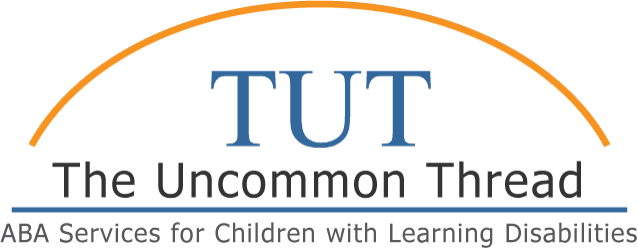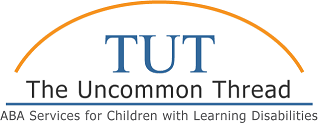Applied Behavior Analysis / ABA Therapy
Behavior Analysis is the scientific study of behavior. Applied Behavior Analysis (ABA) is the practice of applying the psychological principles of learning theory in a systematic way to modify behavior. The practice is used most extensively in special education and in the treatment of Autism Spectrum Disorder (ASD). Many decades of research have validated treatments based on ABA.

ABA Therapy Research
Over the past 40 years, several thousand published research studies have documented the effectiveness of ABA therapy across a wide range of:
- Populations (children and adults with mental illness, developmental disabilities and learning disorders)
- Interventionists (parents, teachers and staff)
- Settings (schools, homes, institutions, group homes, hospitals and business offices)
- Behaviors (language, social, academic, leisure and functional life skills, aggression, self injury, oppositional and stereotyped behaviors)
Applied Behavior Analysis is the process of systematically applying interventions based upon the principles of learning theory to improve socially significant behaviors to a meaningful degree, and to demonstrate that the interventions employed are responsible for the improvement in behavior (Baer, Wolf & Risley, 1968; Sulzer-Azaroff & Mayer, 1991). “Socially significant behaviors” include reading, academics, social skills, communication, and adaptive living skills. Adaptive living skills include gross and fine motor skills, eating and food preparation, toileting, dressing, personal self-care, domestic skills, time and punctuality, money and value, home and community orientation, and work skills.
ABA Supports
ABA methods are used to support persons with autism in many ways:
- Increase behaviors (for example: reinforcement procedures increase on-task behavior, or social interactions)
- Teach new skills (for example: systematic instruction and reinforcement procedures teach functional life skills, communication skills, or social skills)
- Maintain behaviors (for example: teaching self control and self-monitoring procedures to maintain and generalize job-related social skills)
- Generalize or to transfer behavior from one situation or response to another (for example: from completing assignments in the resource room to performing as well in the mainstream classroom)
- Restrict or narrow conditions under which interfering behaviors occur (for example: modifying the learning environment); and
- Reduce interfering behaviors (like self injury or stereotypy)
Treatment Strategies
TUT is a non-profit ABA provider that uses different strategies to teach skills including: discrete trial, verbal behavior, and incidental teaching.
Discrete trial is a structured ABA technique that breaks down skills into small components. Then the therapist systematically teaches these skills one by one. Along the way, the therapist will use reinforcers to increase desired behavior.
Verbal behavior teaches the child language by connecting a word with its purposes – in other words, the child learns that words can help them get desired objects or results.
Incidental teaching is a strategy that uses the principles of ABA to provide learning opportunities in the natural environment by using the child’s interests and natural motivation.


